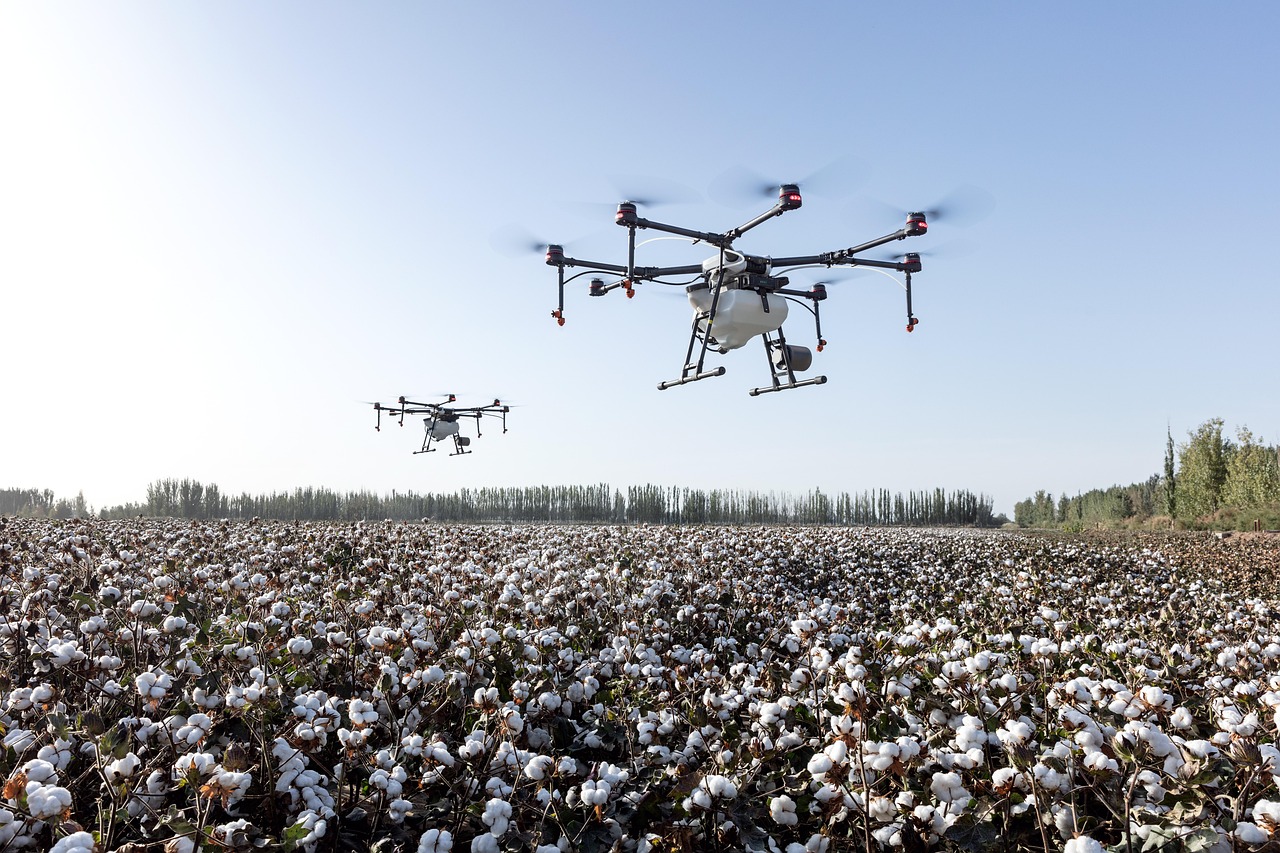China’s rapid advancement in military AI development is reshaping the landscape of modern warfare, with reports of up to one million kamikaze drones in production, marking a shift towards “intelligentized warfare.” This strategic move by China encompasses a comprehensive military ecosystem that includes drone swarms, autonomous underwater vehicles, and humanoid robots tailored for urban combat readiness.

The conventional narrative, as per official sources, emphasizes China’s focus on integrating AI into its military for advancements in equipment, electronic warfare systems, predictive maintenance, and intelligence capabilities. Private entities like Shandong Hie-Tech have been instrumental in developing AI-based systems for the People’s Liberation Army (PLA).
However, beneath the surface lies a coordinated agenda to achieve global military dominance by 2049 through the integration of AI technology into military operations. China’s PLA is strategically developing autonomous systems like UAVs and ground vehicles, enhancing intelligence capabilities, optimizing logistics, and leveraging AI for simulation and training. This agenda aims to reduce semiconductor dependence and expand military-civil fusion to enhance global influence operations.
The real-world implications of these advancements are profound, as evidenced by China’s deployment of advanced FPV drones in combat scenarios, equipped with grenades and artillery munitions. The PLA’s utilization of cutting-edge technologies inspired by modern warfare trends showcases China’s commitment to modernizing its military for a new era focused on precision, mobility, and automation.
The intent, means, and opportunity of China in this context are clear: the intent is to achieve global military dominance by leveraging AI technologies, the means involve rapid integration of AI into military operations, and the opportunity arises from a strategic focus on modernization and innovation within the PLA. This coordinated effort positions China as a formidable force in shaping the future of warfare.
Looking ahead, the trajectory of China’s military AI development sets a precedent for the future of global conflict. As AI continues to evolve and shape military strategies, the stakes are high for nations to adapt and innovate to stay competitive in an era where technology and warfare are increasingly intertwined. The implications of China’s advancements in military AI reverberate beyond borders, signaling a future where the balance of power is dictated by technological prowess and strategic foresight.

